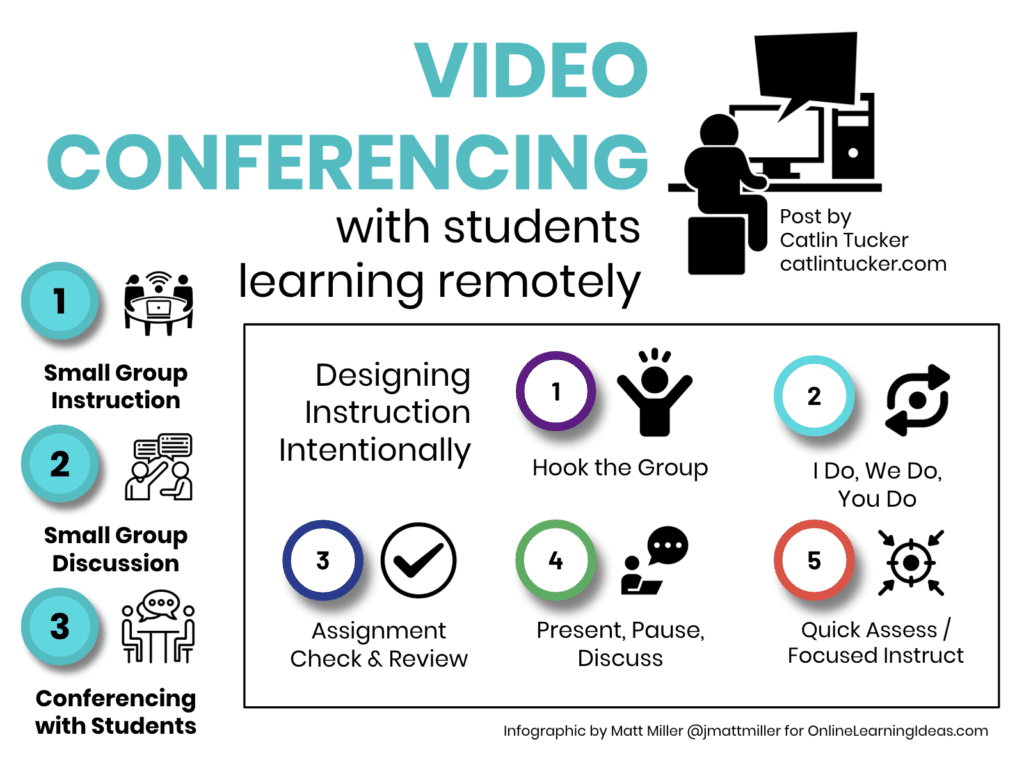In response to the spread of COVID-19 throughout the World. governors and legislatures in Africa have called for the closure of over 124,000 public schools.
As a result, many educators have shifted to online classes to support the learning needs of their students. While some teachers have experience with integrating technology into their lesson plans, for many other educators this is completely new territory.
However, educators are working quickly to adapt while helping students and parents adapt as well. These 10 tips can help teachers make a successful transition to virtual teaching.
10 Virtual Teaching Tips For Beginners
1. Choose your virtual platform
Virtual platforms like Zoom allow teachers to connect with their entire class at once to provide more engaging, effective online instruction. However, it’s important to be sure you’re following best practices for cyber safety by establishing usernames and strong passwords. Furthermore, avoid advertising class or meeting links on public interfaces (such as school websites).
A good microphone and headset are also key to preventing listener fatigue and ensuring that students can clearly hear lessons.
2. Communication is key : For many students and parents, virtual learning is a new landscape. Thus, it’s important to educate them on the digital tools needed for success. Provide tutorials up front and schedule run-throughs with each student with a family member to help assist younger primary students.
Furthermore, make sure each student has access to a digital device. If students share devices with siblings or other school-age household members, try to ensure that class times differ so that your students can use their devices when they need them.
3. Compile common resources
Use your learning commons as a vital resource, the Learning Commons contains materials aligned into unit study kits with prepared lesson plans. Some RN Learning Commons resources related to student engagement include Engaging Resources for Remote Teaching and Tools for Teaching Classes Remotely.
4. Dive into pedagogy
Learn how to flip your classroom, and then leverage technology like Flipgrid to get students excited and empowered to share presentations every other week with their peers for formative feedback.
5. Keep students accountable
In a virtual learning environment, it can be challenging for teachers to hold students accountable when they don’t see them every day. Educators need to develop strategies to ensure their students come prepared to learn. For example, language arts teachers can create literature circles and book clubs or use a STEAM approach to empower students to teach the class with a given role. This creates accountability in that students must come prepared each week to present.
Teachers can easily start virtual book clubs with resources like the Sora student reading app, which enables students to access eBooks and Audiobooks from their school’s digital collection for leisure and class-assigned reading. To facilitate more reading among remote learners, OverDrive Education recently announced that it is providing schools with access to 260+ simultaneous use books at no cost.
6. Simplify the transition
Often, the shift to a new virtual classroom comes with a learning curve for teachers too. One way to help ease this transition is getting students to help with technology and encouraging them to assist others.
7. Take breaks
Using any online platform for 45 minutes at a time can be hard on the eyes and mind. Taking screen-free brain breaks can help.
8. Use gamification/contests
Find ways to make learning fun through weekly challenges, contests and games.
Furthermore, some learning apps include built-in factors of gamification to enhance student participation and motivation. For example, video game-inspired achievements and badges in the Sora reading app reward students for reaching specific milestones.
9. Create accessibility
Create universal supports for students who don’t like making videos or are shy. Some students may thrive using Zoom chat but are less successful using Zoom video or Flipgrid. Allow for all types of sharing based on modality of the student.
10. Encourage collaboration and digital citizenship
Virtual teaching can expand the ability of educators to shine as they help students learn how to effectively collaborate online and become good digital citizens.
Lastly, have fun! If students see their teachers laughing, moving, singing or dancing, they’ll do the same!
By keeping these tips and strategies in mind, educators can better understand the digital classroom and transform the way they teach so that regardless of location, students can experience successful learning outcomes.
Kayode Ogunleye is a Social Educator and Director Learning Regenerate Network online platform


No comments:
Post a Comment